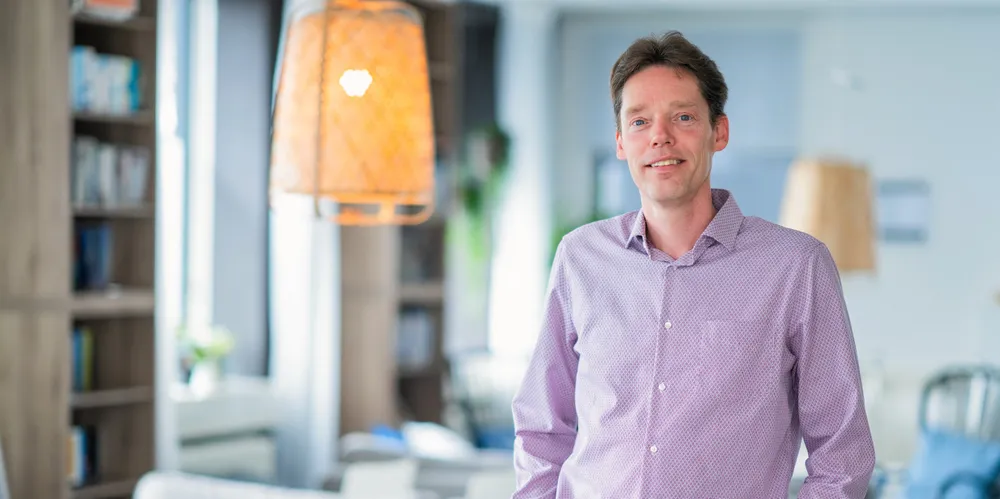Ikea owner plans to 'invest in more global offshore wind' after huge Sweden deal with OX2
Ingka Investments renewables head Frederik de Jong also tells Recharge furniture retail giant’s parent believes in subsidy-free projects

De Jong declined to tell where Ingka Investments could take further stakes, but stressed the company’s investment strategy is linked to the ambition to reduce the climate footprint.
“We see ourselves investing in more offshore wind, because we believe that offshore wind and solar will be main contributors to create more renewable energy in the grid,” de Jong said in an interview.
“We are a global company. So we look at global offshore.”
Ingka Investment certainly has the war chest to fund even very large projects. After spending more than €3bn ($3bn) to make its global furniture retail business greener, the company plans to spend another about €3.5bn in renewable energies.
“We have a lot more investment decisions to take, and we will continue to diversify,” de Jong said.
Ingka is comfortable with subsidy-free projects, though, de Jong stressed.
“So, for us, subsidy-free projects are something we are used to and which we believe also is how it should work.”
Boosting its offshore wind footprint is also instrumental for greening Ikea’s supply chain, de Jong said.
After having secured renewable power capacity for its own operations so far, the company towards 2030 strives to “secure access to renewable energy for our supply chain going forward, such as we can help our ambitions or reducing our climate footprint.”
Operating independently from Russian energy imports seems another advantage of massive spending into offshore wind.
Asked, whether the Swedish offshore wind mega-projects will increase the country’s energy security given Russia’s recent curtailment of energy flows in the wake of the Ukraine war, de Jong said: “Any contribution to the energy mix will help energy independence and that applies throughout Europe, what we believe is very important, and one of the reasons why we invest in renewable energy.”
(Copyright)